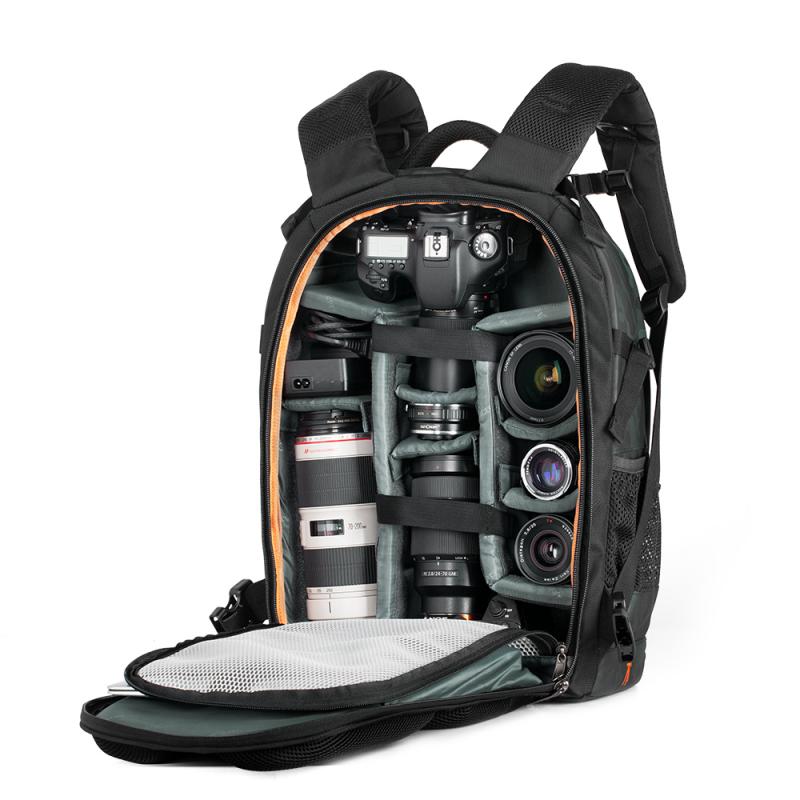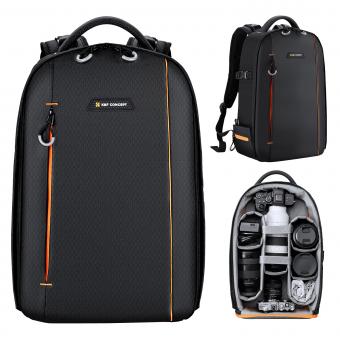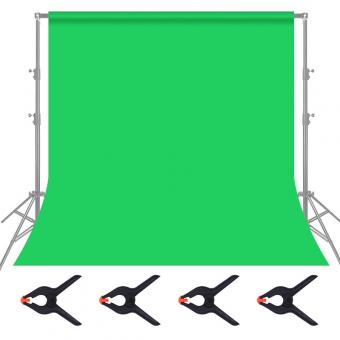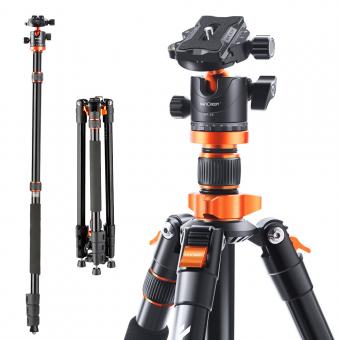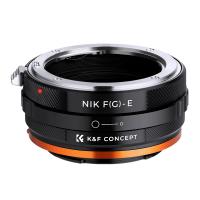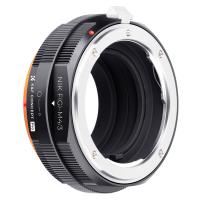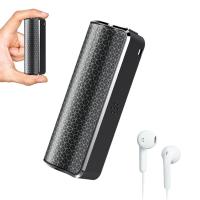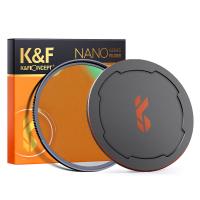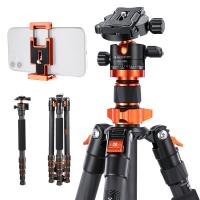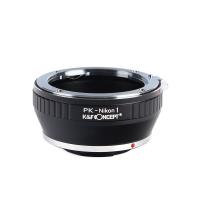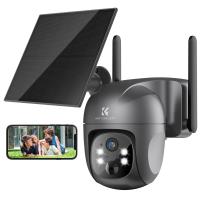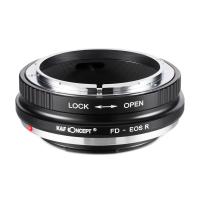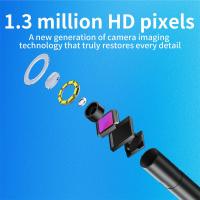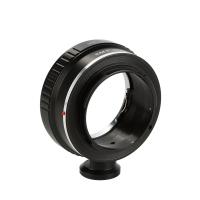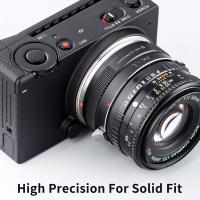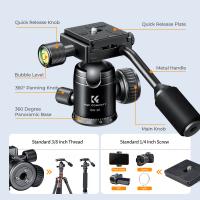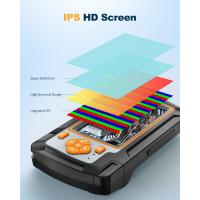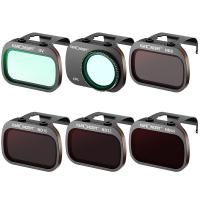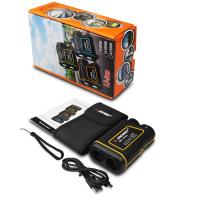What Camera To Get For Photography ?
There are many great cameras available for photography, and the best choice depends on your specific needs and preferences. Some popular options for beginners include the Canon EOS Rebel series and the Nikon D3500. These cameras offer good image quality, user-friendly interfaces, and a range of interchangeable lenses. For more advanced photographers, the Canon EOS 5D Mark IV and the Nikon D850 are highly regarded for their high-resolution sensors and professional features. Mirrorless cameras like the Sony Alpha series and Fujifilm X-T4 are also gaining popularity for their compact size, excellent image quality, and advanced features. Ultimately, it's important to consider factors such as budget, desired features, and intended use when choosing a camera for photography.
1、 DSLR vs Mirrorless: Choosing the Right Camera System
When it comes to choosing a camera for photography, the decision often boils down to DSLR vs Mirrorless. Both camera systems have their own advantages and it ultimately depends on your specific needs and preferences.
DSLRs (Digital Single-Lens Reflex) have been the go-to choice for professional photographers for many years. They offer a wide range of lens options, excellent image quality, and robust build quality. DSLRs also have an optical viewfinder, which some photographers prefer for its clarity and real-time view of the scene. Additionally, DSLRs generally have longer battery life and better autofocus performance, especially for fast-moving subjects.
On the other hand, Mirrorless cameras have gained significant popularity in recent years. They are generally smaller, lighter, and more compact than DSLRs, making them more portable and convenient for travel or street photography. Mirrorless cameras also offer silent shooting, which can be advantageous in certain situations. Furthermore, they often have advanced features like in-body image stabilization and faster burst rates.
The latest point of view in this debate is that mirrorless cameras have made significant advancements in autofocus technology, catching up to DSLRs in terms of speed and accuracy. Additionally, many mirrorless systems now offer a wide range of high-quality lenses, making them a viable option for professional photographers.
Ultimately, the choice between DSLR and Mirrorless comes down to personal preference and shooting style. If you prioritize traditional handling, optical viewfinders, and a wide range of lens options, a DSLR may be the right choice for you. However, if you value portability, advanced features, and the latest technology, a Mirrorless camera may be the better option. It's important to do thorough research, try out different cameras, and consider your specific needs before making a decision.
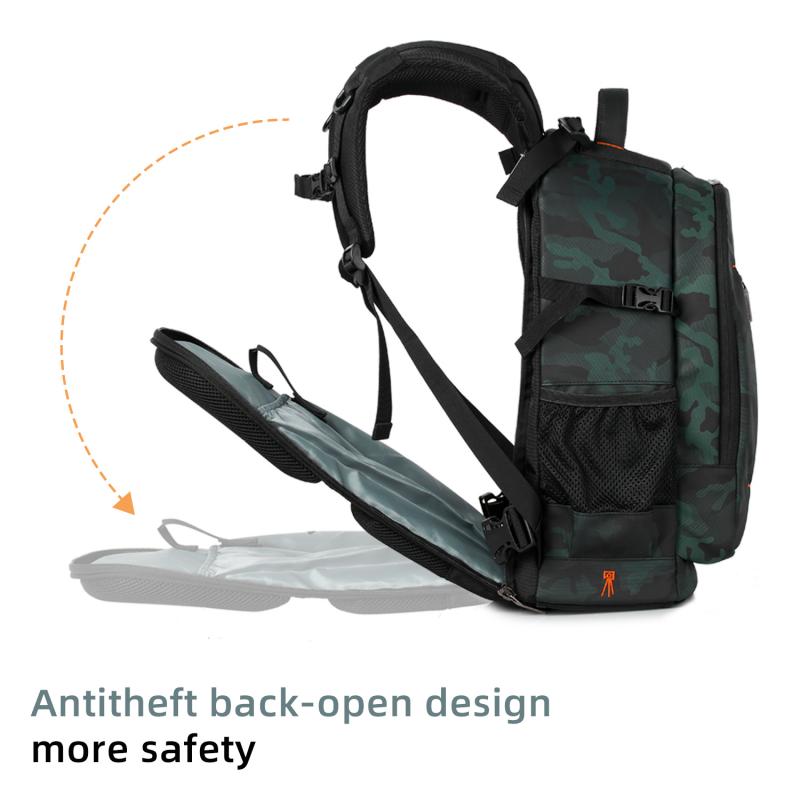
2、 Megapixels and Image Resolution: Understanding Camera Sensor Technology
When it comes to choosing a camera for photography, there are several factors to consider. One of the most important aspects is the camera's sensor technology, which directly affects the megapixels and image resolution.
Megapixels refer to the number of pixels a camera's sensor can capture, and it is often believed that more megapixels equate to better image quality. While this is partially true, it is not the sole determinant of image resolution. Other factors such as sensor size, lens quality, and image processing also play a significant role.
In recent years, camera manufacturers have been focusing on improving sensor technology rather than simply increasing megapixel count. This has led to the development of larger sensors with better low-light performance and dynamic range. These advancements have allowed photographers to capture more detail and produce higher-quality images even with lower megapixel counts.
It is worth noting that for most photography needs, a camera with around 20-24 megapixels is more than sufficient. Higher megapixel counts are generally beneficial for specialized applications such as large-format printing or extensive cropping.
Ultimately, the choice of camera for photography should not solely rely on megapixels and image resolution. Factors such as lens selection, autofocus capabilities, ergonomics, and overall system compatibility should also be considered. It is advisable to research and test different camera models to find the one that best suits your specific needs and shooting style.
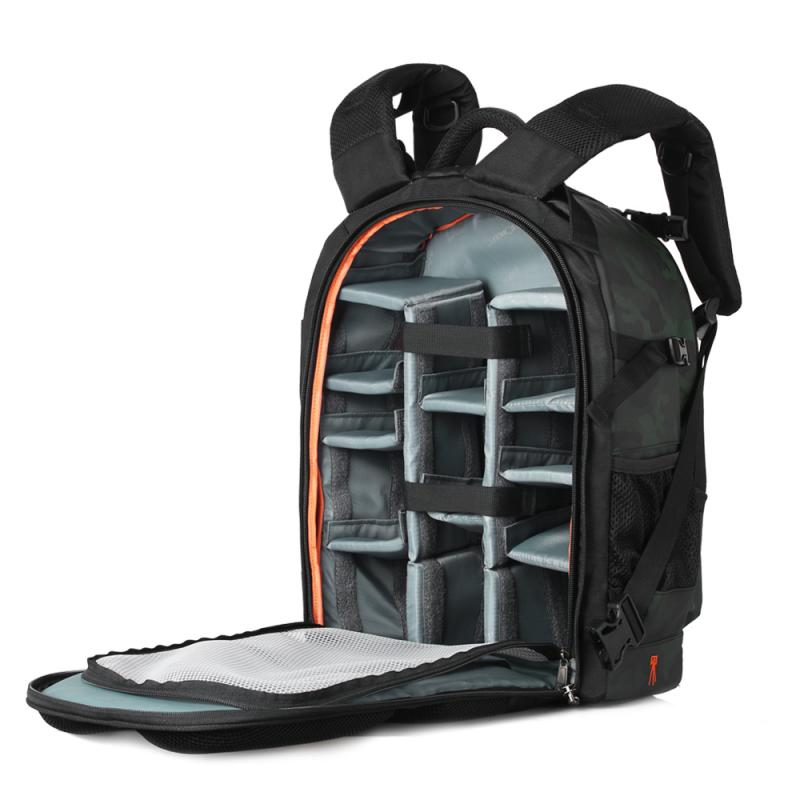
3、 Lens Options: Exploring Different Types for Photography
When it comes to photography, the camera you choose is crucial in capturing the perfect shot. With the ever-evolving technology, there are numerous options available in the market. However, the question of "what camera to get for photography" does not have a one-size-fits-all answer. It depends on various factors such as your budget, level of expertise, and the type of photography you wish to pursue.
For beginners or those on a tight budget, entry-level DSLR or mirrorless cameras are a great starting point. These cameras offer good image quality, interchangeable lenses, and manual controls to learn the basics of photography. Popular options include the Canon EOS Rebel series or the Sony Alpha a6000.
For enthusiasts or professionals, higher-end DSLR or mirrorless cameras provide advanced features and superior image quality. Brands like Nikon, Canon, Sony, and Fujifilm offer a wide range of options to suit different needs. The Nikon D850 and Canon EOS 5D Mark IV are highly regarded in the DSLR category, while the Sony Alpha a7R IV and Fujifilm X-T4 are popular mirrorless choices.
In recent years, smartphone cameras have also made significant advancements, with some models rivaling the image quality of dedicated cameras. If convenience and portability are your priorities, smartphones like the iPhone 12 Pro or Google Pixel 5 can be excellent options.
When it comes to lenses, the choices are vast and depend on the type of photography you wish to pursue. Standard zoom lenses, such as a 24-70mm or 18-55mm, are versatile and suitable for a wide range of subjects. Prime lenses with fixed focal lengths offer superior image quality and are ideal for portraits, street photography, or low-light situations. Telephoto lenses are great for wildlife or sports photography, while wide-angle lenses are perfect for landscapes or architecture.
Ultimately, the best camera and lens combination for photography depends on your specific needs and preferences. It is advisable to do thorough research, read reviews, and even try out different cameras before making a decision.
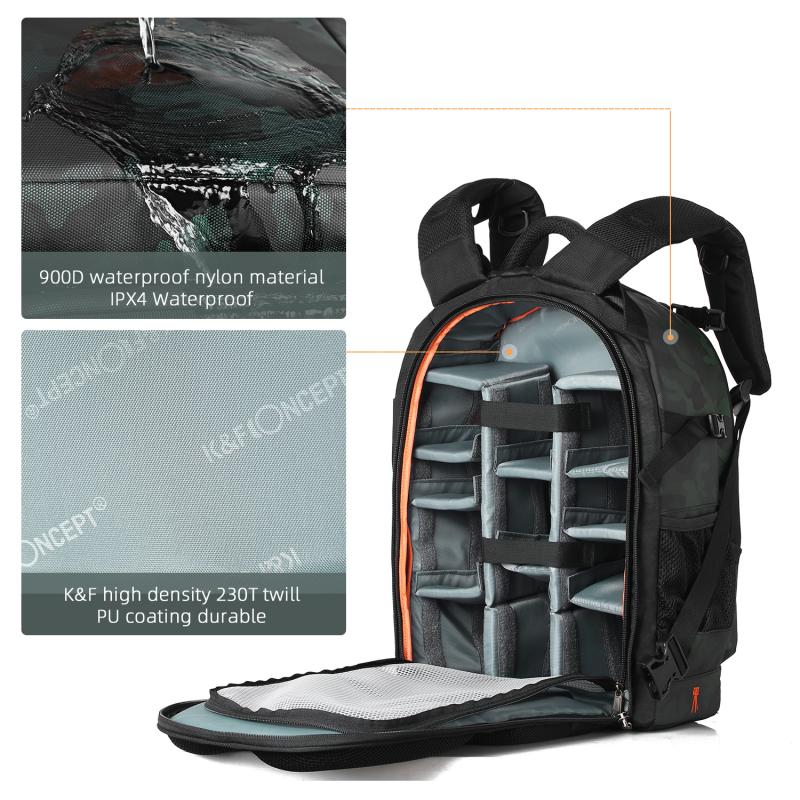
4、 Manual Controls: Mastering Exposure, Shutter Speed, and Aperture
When it comes to choosing a camera for photography, one of the most important factors to consider is the availability of manual controls. Manual controls allow photographers to have complete control over exposure, shutter speed, and aperture, giving them the ability to capture images exactly as they envision them.
In terms of exposure, manual controls allow photographers to adjust the amount of light entering the camera, resulting in properly exposed images. This is particularly important in situations where the lighting conditions are challenging, such as low-light environments or high-contrast scenes. With manual controls, photographers can fine-tune the exposure settings to achieve the desired level of brightness and contrast.
Shutter speed is another crucial aspect of photography that manual controls enable photographers to master. By manually adjusting the shutter speed, photographers can freeze fast-moving subjects or create motion blur effects. This level of control is especially beneficial in genres like sports photography or long-exposure photography, where capturing the perfect moment is essential.
Aperture, on the other hand, determines the depth of field in an image. By manually controlling the aperture, photographers can choose whether to have a shallow depth of field, where the subject is in sharp focus while the background is blurred, or a deep depth of field, where both the subject and background are in focus. This creative control over depth of field allows photographers to add a sense of dimension and focus to their images.
In terms of the latest point of view, technology has advanced significantly, and many cameras now offer advanced manual controls that are user-friendly and intuitive. Additionally, mirrorless cameras have gained popularity in recent years due to their compact size and excellent manual control options. These cameras often provide a wide range of customizable settings, making them a great choice for photographers looking to master exposure, shutter speed, and aperture.
Ultimately, the camera you choose for photography should have robust manual control options that allow you to have complete creative control over your images. Whether you opt for a DSLR or a mirrorless camera, prioritize a camera that offers intuitive manual controls to enhance your photography skills and capture stunning images.
